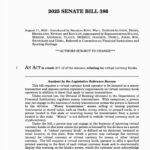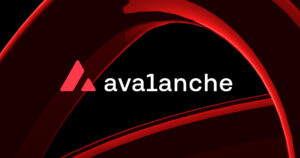Bitcoin’s Past and Future
For most of its existence, bitcoin has been valued as digital gold: an asset to be held rather than actively used. This passivity has resulted in trillions of dollars’ worth of BTC remaining idle in wallets, disconnected from the yield strategies and composability that characterize decentralized finance (DeFi).
The Promise of Liquid Staking Tokens
The emergence of liquid staking tokens is set to change this dynamic, positioning bitcoin not only as a store of value but also as a productive asset integrated into on-chain capital markets.
Liquid staking is the process where users offer their crypto to help secure a network and, in return, receive a liquid, tradable token that represents their staked assets. This token can be utilized across DeFi while the original tokens continue to earn staking rewards.
Lombard Finance and LBTC
Lombard Finance has become one of the leading projects in bitcoin liquid staking. Its flagship product, LBTC, is a yield-bearing token fully backed 1:1 by BTC.
When users deposit BTC into the Lombard protocol, the underlying coins are staked, primarily through Babylon, a protocol that enables trustless, self-custodial bitcoin staking. In return, users receive LBTC, which can be used across DeFi ecosystems while the original Bitcoin earns staking rewards.
Dual Functionality of LBTC
This dual functionality is essential. Holders can maintain their exposure to bitcoin while utilizing LBTC for lending, borrowing, and liquidity provision across platforms such as Aave, Morpho, Pendle, and Ether.fi. Built for interoperability, LBTC can navigate Ethereum, Base, BNB Chain, and other networks, preventing liquidity fragmentation and ensuring bitcoin can be part of a multi-chain DeFi landscape.
Mobilizing Dormant Liquidity
By leveraging BTC’s dormant liquidity, Lombard and other liquid staking projects seek to provide the framework for Bitcoin DeFi, directing the asset’s vast market cap into on-chain capital markets.
This initiative reflects Ethereum’s own evolution through liquid staking derivatives but holds the potential to tap into a deeper reservoir of value due to bitcoin’s scale.
Market Comparison
To illustrate the difference in scale, Ethereum’s liquid staking market, spearheaded by Lido’s stETH, has a market cap of about $38 billion. In comparison, the entire bitcoin LST sector is still in its early stages, holding a total market capitalization of around $2.5 billion. Lombard’s LBTC alone represents roughly $1.4 billion of that, accounting for about 40% of the bitcoin LST market.
Liquid Bitcoin Foundation and $BARD Token
Building on this foundation, Lombard recently announced the formation of the Liquid Bitcoin Foundation and its native $BARD token, along with a $6.75 million community sale.
The Foundation will serve as an independent steward of the protocol, funding research, grants, and education, while creating governance frameworks to ensure neutrality. $BARD will function as the utility and governance token of the ecosystem, allowing holders to stake to secure Lombard’s core infrastructure, vote on proposals, and access new products.
Community Engagement
Jacob Phillips, co-founder of Lombard, described the community sale as “an invitation to over 260,000 LBTC holders and others in the Bitcoin ecosystem to help shape the future of bitcoin on-chain.” Erick Zhang, founder of Buidlpad, which will host the sale, added that Lombard is “a pioneer unlocking bitcoin’s full potential as digital gold and a foundation for next-gen capital markets.”



















